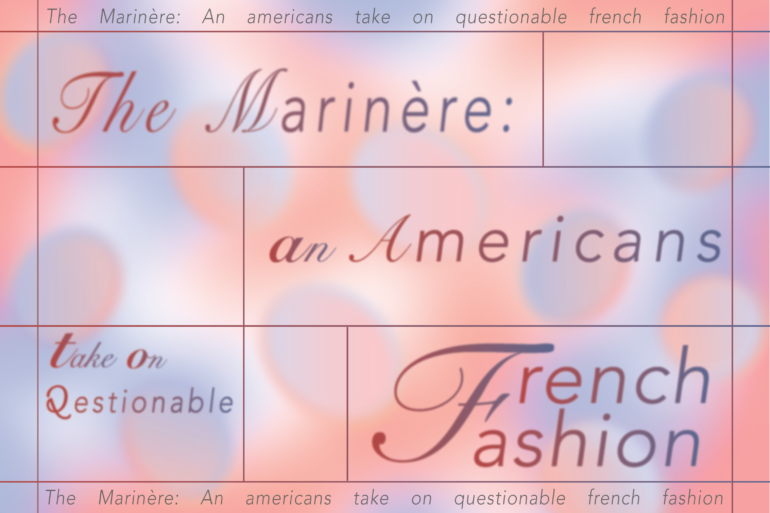I’m currently studying in SCAD’s Lacoste campus, and as a result, I’ve traveled a fair bit throughout France. I’m absolutely having the time of my life, and as a fashion major, obviously, I’ve paid attention to la mode Française. I’m honestly shocked that I have this opinion, but I’m starting to think that the French style isn’t all that great.
Or, at least, it’s not what I thought it was. Growing up, I thought the French were the epitome of fashion. The French girl aesthetic is everyone’s dream. First, I have to disclaim that I do still believe the effortlessly chic Parisian “it” girl is the ultimate goal and that there are plenty of well-dressed Europeans out there. However, I used to believe that all Europeans just generally dressed better and Americans were a hodgepodge of street style and athleisure garbage. After living here for just over a month, I can safely say my perception has changed.
First off, what is with the jorts? All men wear either jorts or terribly ill-fitting pants. For a country that constantly snubs Americans, they sure do like their American brands. Every turn, I see Tommy Hilfiger or Levi emblazoned on a bland sweatshirt. They wear skinny jeans and terrible t-shirts; I just don’t see the appeal.
I also thought the stereotype of French people loving stripes was a gag from cartoons. It’s definitely not. Since I’ve been here, I’ve seen more stripes than I ever thought was possible. Out of curiosity, I did some digging into the history of French striped shirts. Turns out, they were originally the uniform of the French navy under Napoleon. They were called marienère shirts and the stripes made sailors easier to spot if they fell overboard. They became popular in the 1920s after Gerald Murphy, a well-known American celebrity on the French Riviera, started wearing them and gifting them to hotel guests. Many of his friends took notice and started sporting them, too, including Pablo Picasso and Coco Chanel, who catapulted the shirts to fame. Since then, they have remained a French classic and are still worn today.
Another well-known French stereotype is the beret. I knew that it wasn’t actually worn that much, but the history behind it is still interesting. Like the marienère, it also has its roots in the military. Originally, they were worn by shepherds in the mountains to keep the sun and rain away and wool, being in copious supply, was the perfect material. Berets didn’t become popular until Napoleon III discovered them while traveling and made them part of the military uniform. They gained steady popularity throughout the 20th century with the help of movies and television. Now, they aren’t really worn that much, but you can still see them occasionally around Paris in the autumn. I do find it funny that the primary place I see berets are at the markets where the primary customer demographic is tourists.
All in all, my findings are humorous above all else. There is good, bad, and passably acceptable fashion everywhere, but I find it funny that I believed Europeans were fashion gods, only to come here and see walking J. Crew ads from 2013 as the norm. I’m not saying that Americans are the height of fashion, but I do think we need to give ourselves a little more credit. At least we don’t wear heels and dresses to go hiking.
Words by Caroline Tetlow.
Graphic by Lena Sedlmayer.

